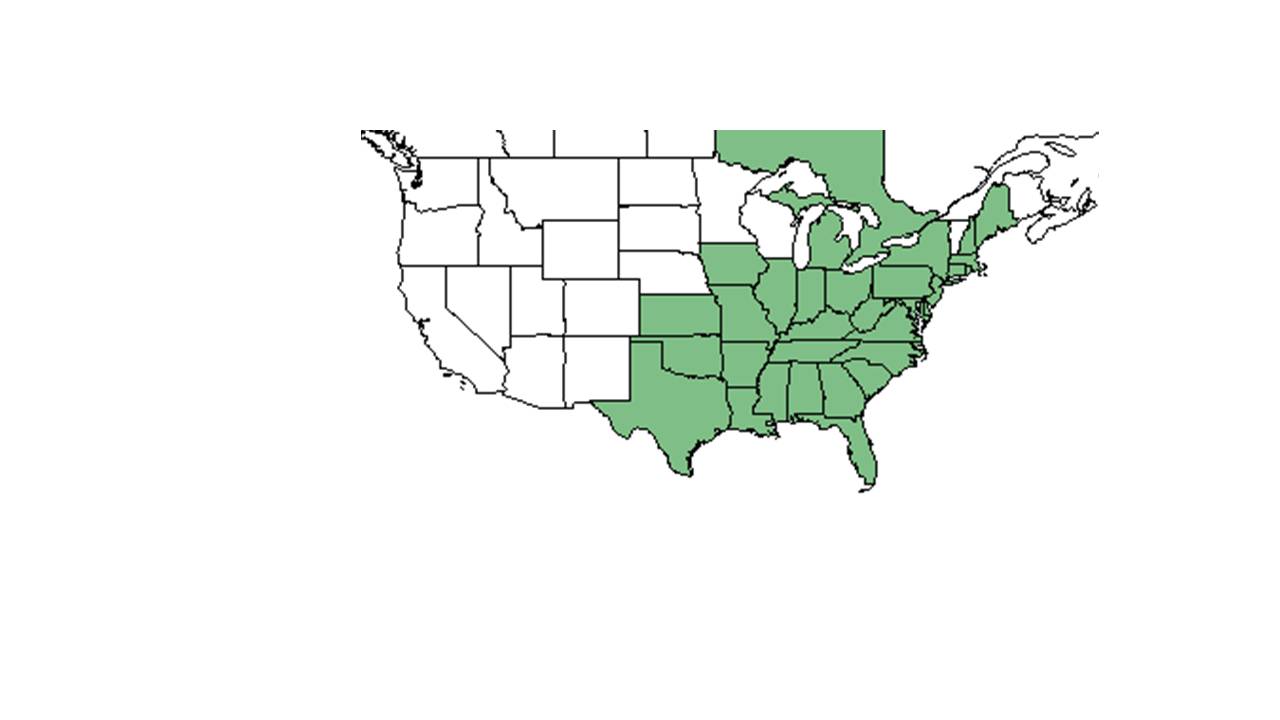Difference between revisions of "Carex retroflexa"
| Line 24: | Line 24: | ||
==Ecology== | ==Ecology== | ||
===Habitat=== <!--Natural communities, human disturbed habitats, topography, hydrology, soils, light, fire regime requirements for removal of competition, etc.--> | ===Habitat=== <!--Natural communities, human disturbed habitats, topography, hydrology, soils, light, fire regime requirements for removal of competition, etc.--> | ||
| − | This species has been found along rivers in rich deciduous woods and in floodplains surrounded by wet sphagnum moss (FSU Herbarium). It has also been observed growing alongside trails at the edge of woodlands (FSU Herbarium). It | + | This species has been found along rivers in rich deciduous woods and in floodplains surrounded by wet sphagnum moss (FSU Herbarium). It has also been observed growing alongside trails at the edge of woodlands (FSU Herbarium). It does well in partial to deep shade environments in drying sandy loam of floodplains (FSU Herbarium). |
===Phenology=== <!--Timing off flowering, fruiting, seed dispersal, and environmental triggers. Cite PanFlora website if appropriate: http://www.gilnelson.com/PanFlora/ --> | ===Phenology=== <!--Timing off flowering, fruiting, seed dispersal, and environmental triggers. Cite PanFlora website if appropriate: http://www.gilnelson.com/PanFlora/ --> | ||
Revision as of 15:07, 9 July 2015
| Carex retroflexa | |
|---|---|

| |
| Scientific classification | |
| Kingdom: | Plantae |
| Division: | Magnoliophyta - Flowering plants |
| Class: | Liliopsida – Monocotyledons |
| Order: | Cyperales |
| Family: | Cyperaceae |
| Genus: | Carex |
| Species: | C. retroflexa |
| Binomial name | |
| Carex retroflexa Muhl. ex Willd. | |

| |
| Natural range of Carex retroflexa from USDA NRCS Plants Database. | |
Contents
Description
Common Name: reflexed sedge
Distribution
Ecology
Habitat
This species has been found along rivers in rich deciduous woods and in floodplains surrounded by wet sphagnum moss (FSU Herbarium). It has also been observed growing alongside trails at the edge of woodlands (FSU Herbarium). It does well in partial to deep shade environments in drying sandy loam of floodplains (FSU Herbarium).